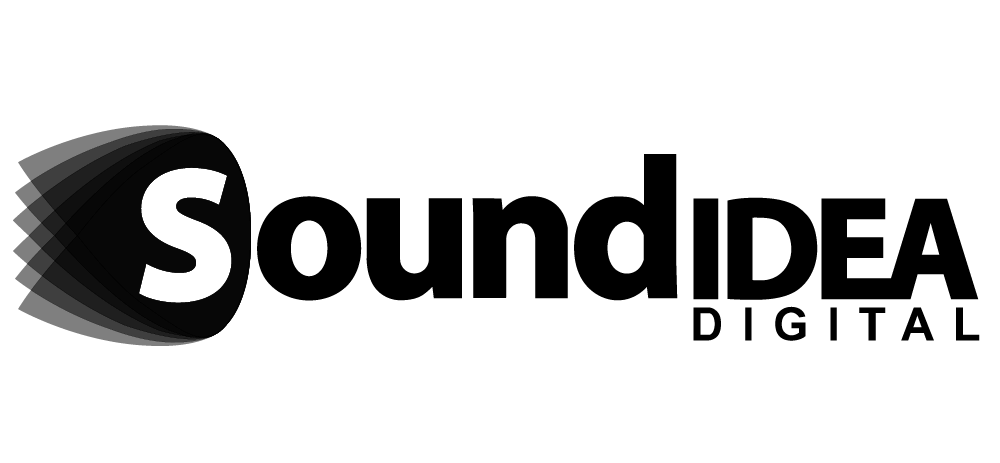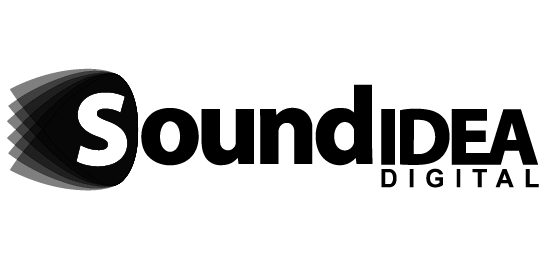
Connecting eLearning LMS with CRM, HRIS, and Other Systems
In today’s fast-evolving digital landscape, businesses rely heavily on interconnected systems to streamline operations and maximise efficiency. An eLearning LMS, when integrated with key enterprise systems like Customer Relationship Management (CRM) and Human Resource Information Systems (HRIS), becomes a powerful engine driving organisational growth and workforce development. These integrations enable companies to automate workflows, maintain consistent data across platforms, and enhance the overall learning experience for employees and customers alike.
Understanding how APIs enable this seamless communication is vital for organisations aiming to optimise their technology ecosystems. Integrations not only improve operational agility but also ensure that learning data and employee progress are accurately reflected across multiple systems, saving time and minimising manual errors.
API Basics for LMS
An Application Programming Interface (API) is essentially a set of protocols and tools that allow different software applications to talk to each other. For an eLearning LMS, APIs act as the connective tissue, enabling it to exchange data with CRM, HRIS, ERP, and other enterprise systems. This connection supports functions like synchronising user information, tracking course completions, and managing certifications without manual intervention.
APIs can use various communication methods, including RESTful services, which provide efficient, standardised ways to request and send data. By using APIs, an eLearning LMS can fetch real-time data or schedule batch updates to ensure systems remain aligned. This interoperability is what transforms an LMS from a standalone platform into an integral part of an organisation’s broader technology infrastructure.
Common Enterprise Systems for Integration
Several enterprise systems are frequently integrated with an eLearning LMS to create a unified operational environment. CRM systems manage client and sales data, and their integration with an LMS can automate sales training and certification tracking based on customer interactions or sales targets. This ensures that sales teams are always equipped with relevant knowledge, driving better customer engagement.
HRIS platforms hold comprehensive employee data, including payroll, performance, and compliance information. Integrating HRIS with an eLearning LMS enables automatic enrolment of employees into mandatory training courses and real-time updates on compliance statuses. Additionally, Enterprise Resource Planning (ERP) systems, which manage core business processes, can benefit from LMS data to analyse the impact of training on productivity and resource management. These integrations, alongside connections to content management and communication tools, establish a comprehensive learning ecosystem.
Benefits of LMS-Enterprise System Integration
Integrating an eLearning LMS with enterprise systems significantly enhances data accuracy by synchronising records across platforms, eliminating duplicate data entry and reducing errors. This consistency is crucial for compliance reporting, workforce management, and strategic decision-making, as it ensures all stakeholders are working with the same up-to-date information.
Automated workflows also increase operational efficiency by reducing manual processes such as enrolment, progress tracking, and reporting. This frees up HR and training teams to focus on strategy rather than administration. Furthermore, integrated systems deliver richer reporting capabilities by consolidating data from multiple sources, offering insights into learning impact, employee performance, and business outcomes. Ultimately, such integrations support scalability, allowing organisations to grow their learning programmes alongside their business needs.
Data Synchronization Techniques
To maintain alignment between an eLearning LMS and other enterprise platforms, different synchronization methods are employed. Real-time synchronization allows instant updates to be shared as soon as data changes occur, which is ideal for mission-critical information like course completions and certification renewals. This approach requires robust infrastructure to support continuous data flow without latency.
Batch synchronization, on the other hand, involves periodic data transfers at scheduled intervals. This technique reduces system load and is suitable for less time-sensitive data, such as weekly reports or bulk enrolments. Additionally, webhooks can be used to trigger automatic updates between systems when specific events happen, enabling more responsive data exchange. A critical component of these processes is accurate data mapping, ensuring that corresponding fields across systems match perfectly to avoid data inconsistencies.
Real-Time vs Batch Integration
Choosing between real-time and batch integration depends on the organisation’s operational priorities and system capabilities. Real-time integration is essential when up-to-the-minute accuracy is needed, such as in compliance training where certifications must be verified immediately. It supports dynamic workflows but demands higher system resources and continuous monitoring to maintain reliability.
Batch integration is advantageous for organisations dealing with large datasets that don’t require instant updates. By processing data in chunks at predetermined times, batch integration reduces system overhead and simplifies error handling. It is also often more cost-effective for businesses with moderate integration needs. Balancing these approaches within an eLearning LMS environment enables businesses to tailor data flow to specific use cases, optimising both performance and resource usage.
Security and Authentication in API Integrations
Data security is paramount when integrating an eLearning LMS with enterprise systems, especially when sensitive employee or customer information is involved. Authentication mechanisms such as OAuth 2.0 provide secure authorisation without exposing user credentials, allowing systems to communicate safely. API keys further restrict access to trusted applications, helping prevent unauthorised data requests.
Encryption protocols protect data both in transit and at rest, ensuring confidentiality and integrity. Moreover, Single Sign-On (SSO) simplifies user access by allowing one set of credentials across multiple platforms, reducing password fatigue and strengthening security through centralised authentication. Robust security frameworks not only protect organisational data but also build trust with employees and stakeholders using the eLearning LMS.
Challenges in LMS Integrations
Despite the clear benefits, integrating an eLearning LMS with other systems is not without challenges. One common issue is data mapping discrepancies, where fields may not align perfectly between platforms, resulting in incorrect or incomplete data transfer. Careful planning and validation are necessary to ensure accuracy.
Version compatibility between different systems can also cause problems, as updates or changes in one system may disrupt integration workflows if not properly managed. Additionally, error management requires proactive monitoring and rapid response to resolve any failures during data exchange. Finally, user adoption can be a hurdle; employees may resist changes to familiar processes, underscoring the need for effective training and change management strategies when implementing new integrations.
Use Cases: CRM-LMS Integration
Integrating an eLearning LMS with a CRM system automates critical aspects of sales training and certification. For example, sales representatives can be automatically enrolled in relevant training modules based on their client interactions or sales performance data captured in the CRM. This ensures that frontline teams maintain up-to-date knowledge and compliance with industry standards.
Additionally, tracking training progress and certification status within the CRM provides sales managers with insights into team readiness and skills gaps, enabling targeted coaching and performance improvements. This use case illustrates how an integrated eLearning LMS enhances customer-facing operations by aligning learning with business objectives.
Use Cases: HRIS-LMS Integration
The integration of an eLearning LMS with HRIS streamlines employee onboarding, compliance training, and performance management. New hires can be automatically enrolled in orientation and mandatory training courses based on their role information stored in the HRIS, accelerating the onboarding process and ensuring regulatory compliance.
Furthermore, real-time updates on training completions and certification renewals help HR teams monitor workforce readiness and generate accurate compliance reports. Linking performance data with learning achievements enables a more holistic view of employee development, supporting personalised training plans and career growth. This integration enhances HR processes and fosters a culture of continuous learning.
If your organisation is looking to unlock the full potential of your eLearning LMS through effective integration with enterprise systems, we at Sound Idea Digital are ready to support you. Our expertise in designing and implementing seamless API integrations ensures that your technology ecosystem works harmoniously, driving efficiency and maximising ROI. Contact us to explore how we can help transform your digital learning strategy.



